Curriculum Planning Tips For Any Grade Level Or Content Area
By exposing students to critical content over and over again in increasingly complex ways, spiraling is a flexible and potent curriculum mapping strategy.
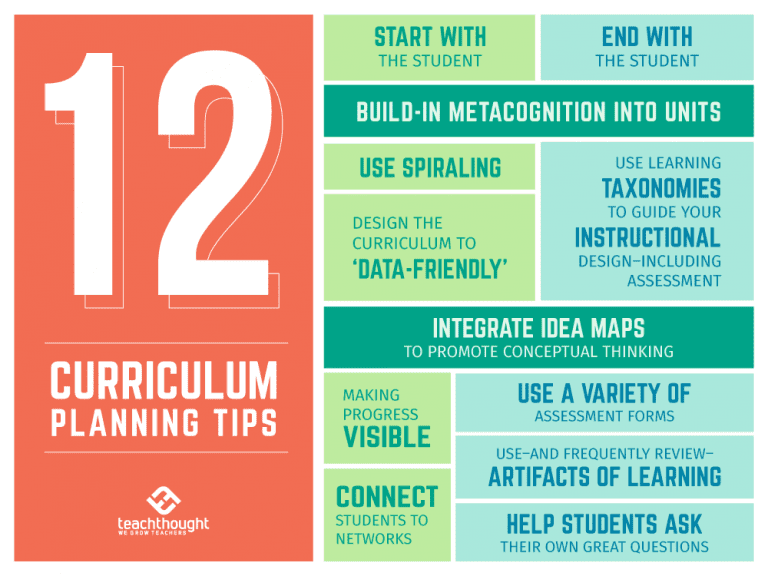
By exposing students to critical content over and over again in increasingly complex ways, spiraling is a flexible and potent curriculum mapping strategy.
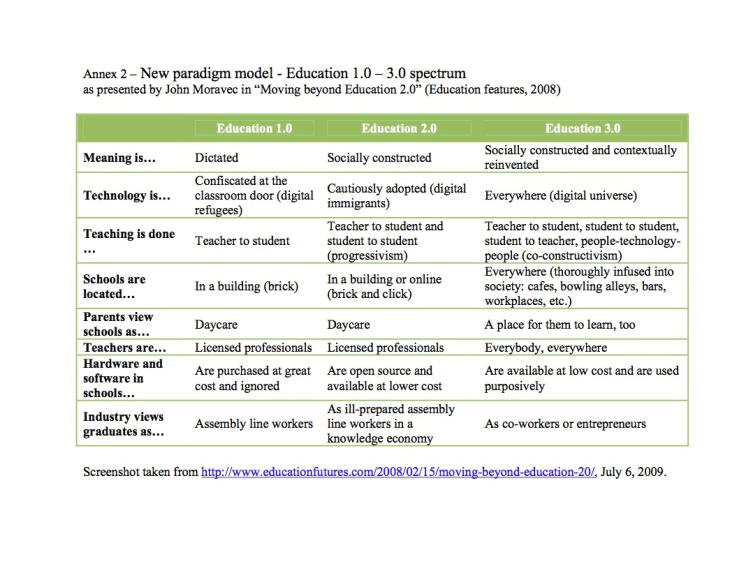
The shift from ‘Education 1.0’ to ‘Education 3.0’ is a shift from ‘education’ to people.
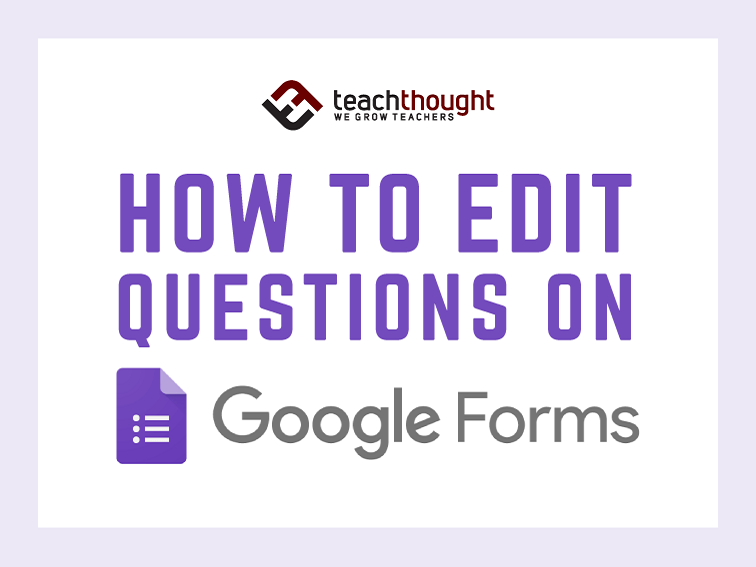
Today, we’re going to look at editing questions on Google Form, a resource that can be used in Google Classroom or without it.
The following infographic by Open Colleges highlights 30 possible ways in which Google Glass might eventually be used in educational settings.
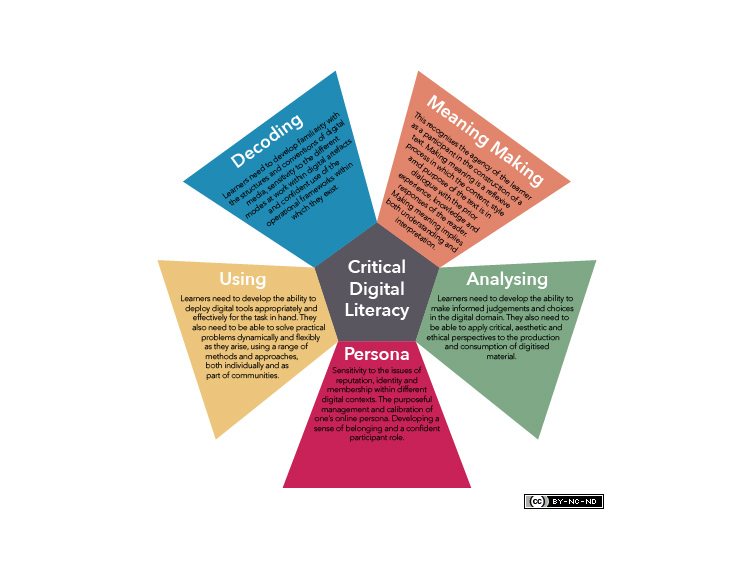
Digital Literacy is increasingly important in an age where many students read more from screens than they do from books.
Making reading a contest may result in more books read, but may not create the ‘reader’ you’re hoping to create.
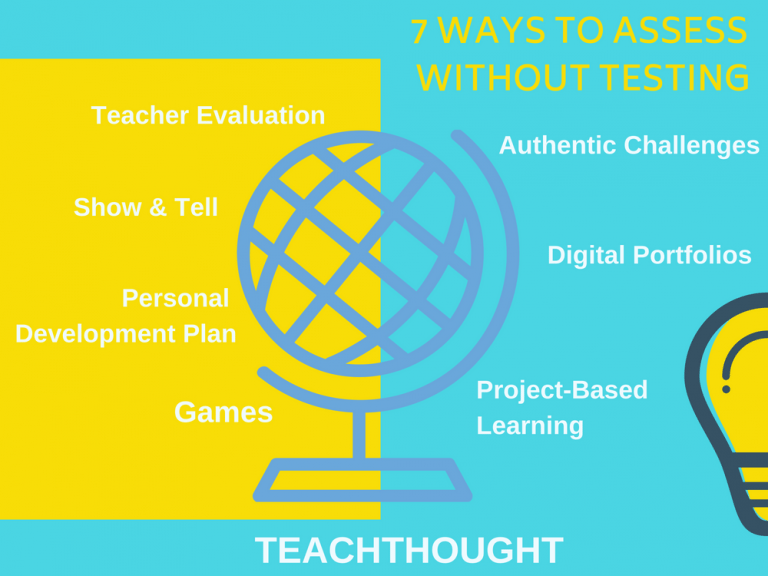
At a recent teachers conference, one of the most astute comments was ‘you can assess without testing.’ There are many ways to assess.
5 Movement Strategies That Get Kids Thinking contributed by Kenny McKee Each day more research confirms the link between movement and learning. Brain researcher David Sousa claims that physical activity increases the amount of oxygen in our blood, and this oxygen is related to enhanced learning and memory. A Washington Post article suggests that many…
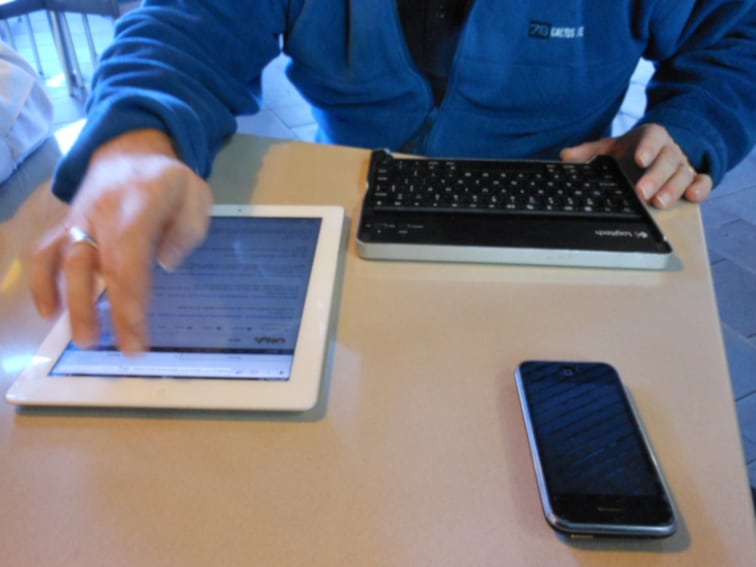
Online courses are an excellent way to generate passive income. Here are a few video courses to help take your teaching career online!
The Hamilton program was created to allow students to see the hit Broadway show “Hamilton,” and learn more about the Founding Era.
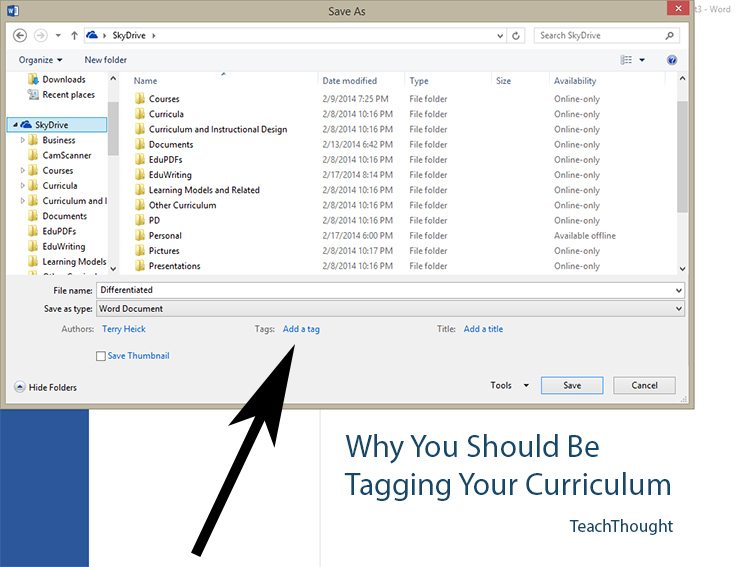
Why should you tag your curriculum? Because it makes it easier to skim, search, analyze, evaluate, and use what you use to teach.
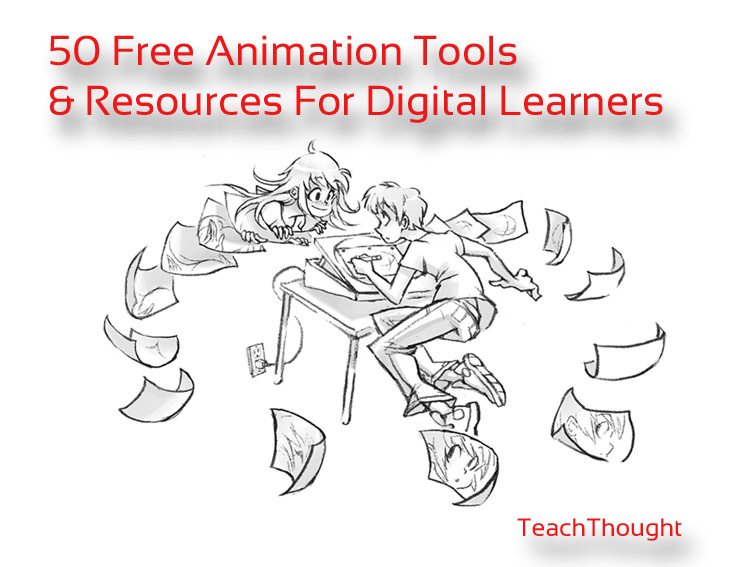
Some of the free animation tools here give educators basic histories of animation while others have the animation already and set in motion.
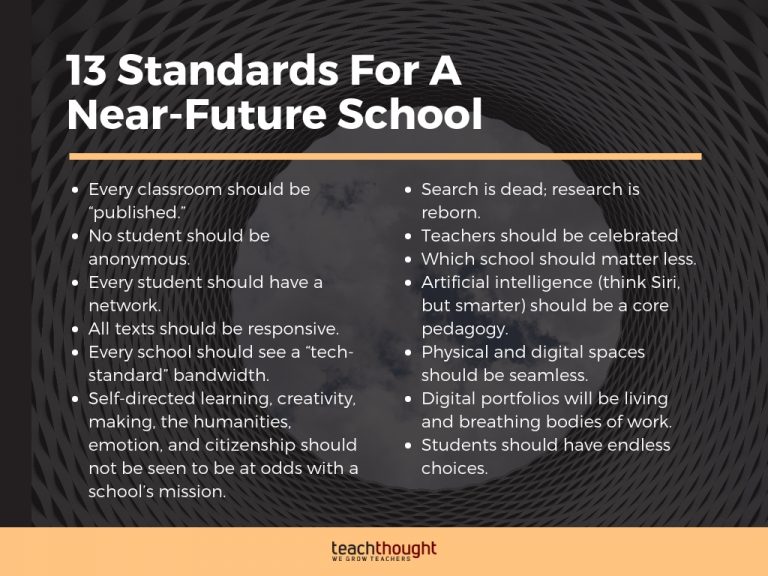
Artificial Intelligence will be a core part of learning, helping students choose books, assessment forms, learning strategies, and more.
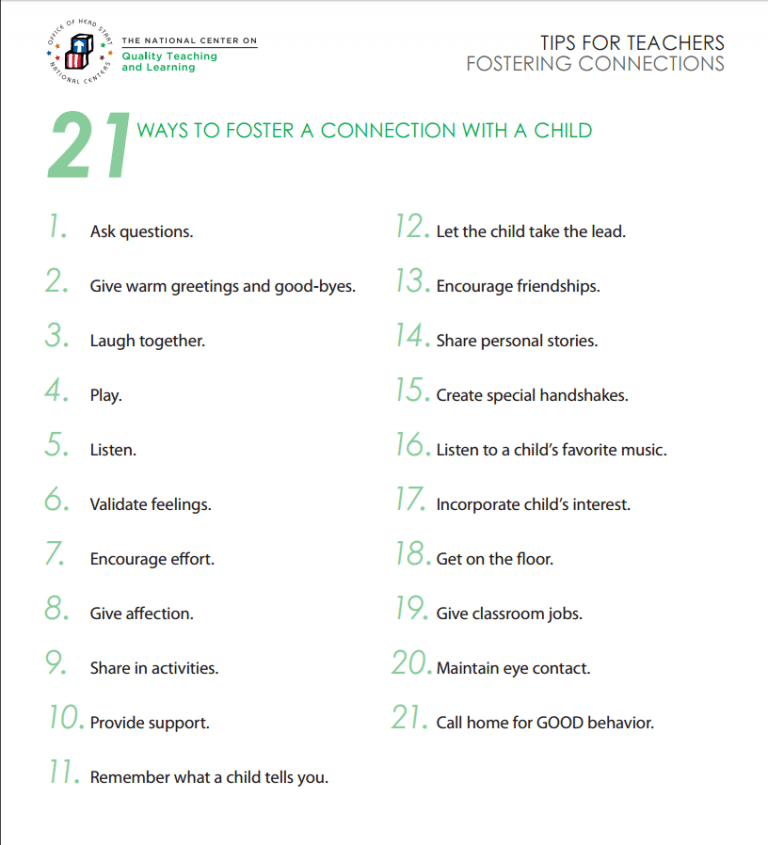
From asking questions to empowering students to expressing affection, building better relationships starts with these suggestions.